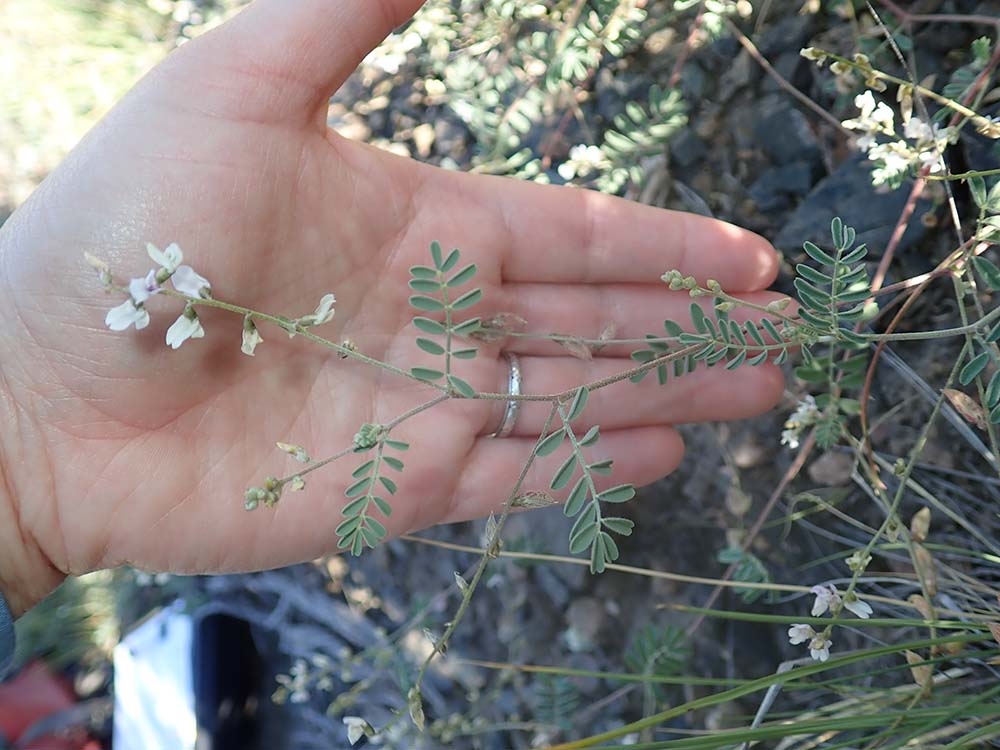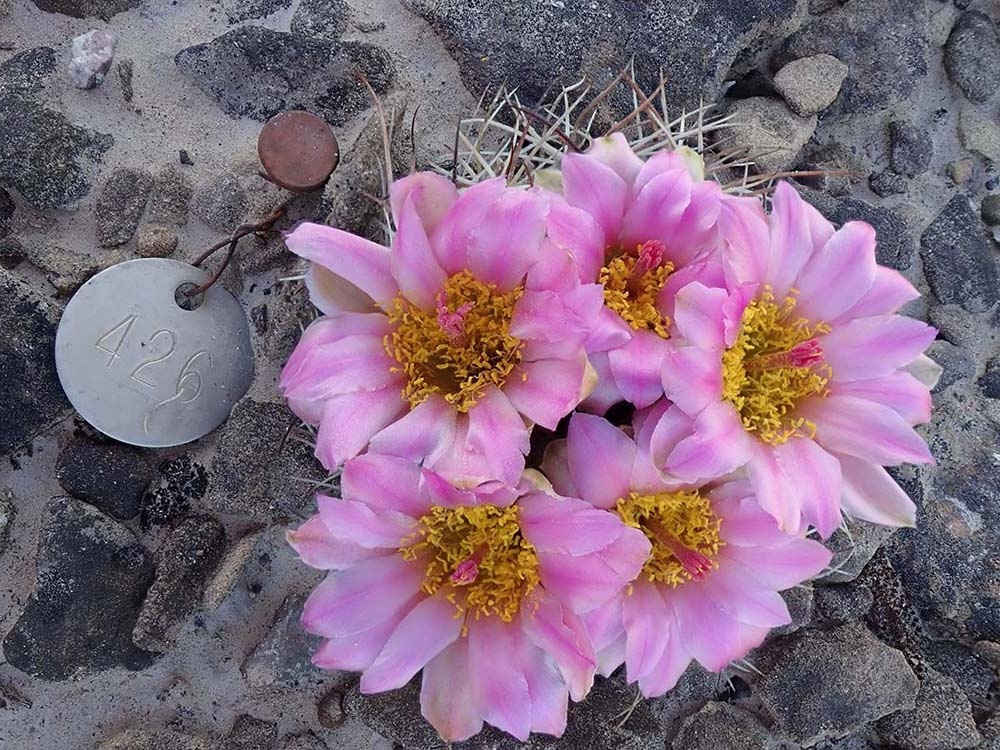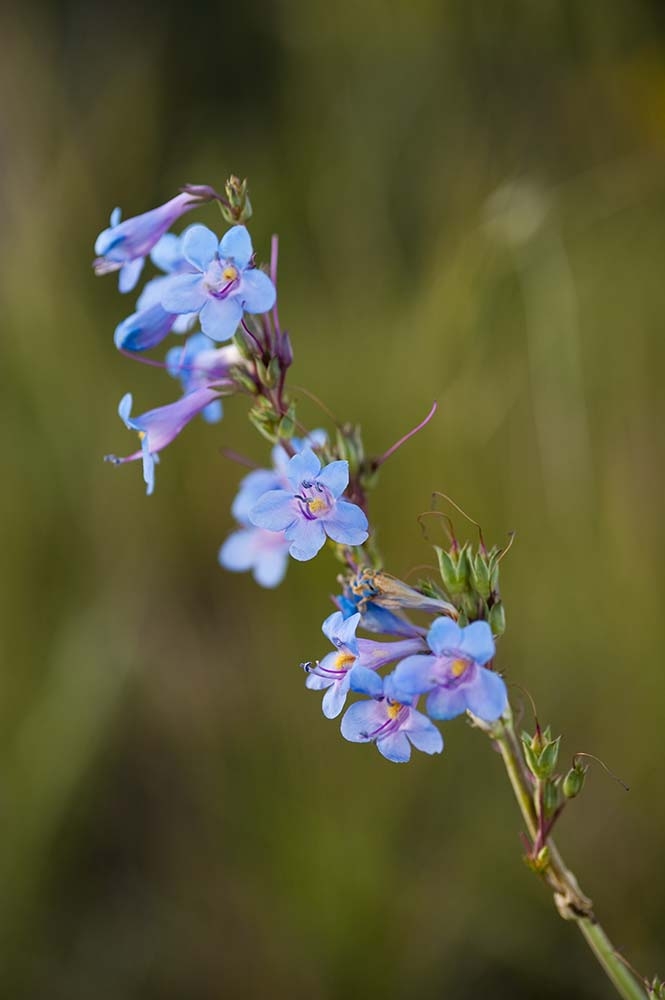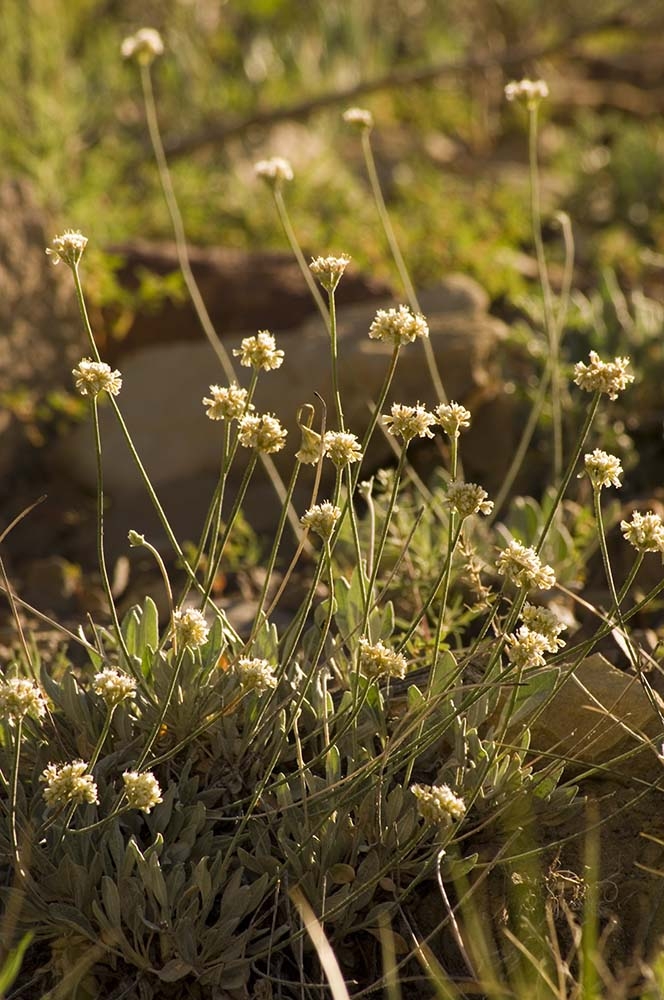Which Traits Make Plants Most Vulnerable to Extinction?
I am in the very fortunate position that I can translate my work at Denver Botanic Gardens into a doctorate in integrative and systems biology from the University of Colorado, Denver. I’m gaining new tools and insight for the applied plant conservation work I hope to continue far into the future. For my dissertation, I am focusing on estimating extinction risk of small populations over time and space. Even if a population is likely to go extinct in the foreseeable future, that might not mean the loss of an entire species. The Gardens actively collects seed of rare and threatened plants to use in case of catastrophic loss. I will use extinction risk analyses to determine effective and safe levels of seed collection for ex-situ conservation and for management recommendations.
Currently, my focus is on the time scale of rare plant conservation planning. In small populations, long-term persistence can be greatly impacted by stochasticity, which is variation in demography (random variation in survival and reproduction among individuals within a population) and response to a variable environment. This random variation, or stochasticity, increases extinction risk in smaller populations because of the increased chance that all individuals die prematurely. Imagine you’re flipping a coin; you’d think you’d get half heads and half tails. However, when the number of flips is small, there’s a much greater chance that you’ll get all tails. It’s not until you’ve flipped that coin for a while that you’ll land on a nice percentage of 50 percent heads and 50 percent tails. Larger populations are buffered from this stochasticity.
Because of the Gardens’ long-term support of research and conservation, I have large datasets on rare plant populations, including 26 years of annual survival, growth and reproduction rates for Astraglaus microcymbus across six populations. Typical plant studies have as few as three years of data. The common practice is to assume we have enough data of population changes over time to measure the long-term population growth rate. We can then simulate a population through time by drawing growth and reproductive rates from good or bad years to estimate the impact of a variable environment. In this way, we can test how a seemingly stable population might still go extinct depending on the climate.
I have primarily studied long-lived, perennial species. In general, plants can either put more energy towards reproduction or towards survival and this trade off determines whether survival or reproduction is most important in changing the population growth rate. I would not expect that all types of plants would respond in a similar fashion to stochasticity. A fast growing annual that puts most of its effort into reproduction will be impacted differently and across a different time frame than a tree that produces a few seeds every year but does so for centuries.
Selecting the time horizon over which to estimate risk is an arbitrary decision. The number of years to project extinction risk into the future needs to be long enough to detect extinctions but not so long that uncertainty overwhelms assumptions about population dynamics. A short time frame for a tree will be a longer time frame for an annual. In the first chapter of my dissertation, I am testing which life history traits may predispose a species to extinction in a variable environment and how risk changes over time.
I will apply the findings of this project to applied conservation work at Denver Botanic Gardens. My studies are leading me to new questions about what threatens rare plant populations and methods to test conservation actions. It’s hard work but well worth it.
Gallery




Add new comment